In the vibrant world of superhero narratives, few teams have left as lasting an impact as Marvel's Fantastic Four. Often referred to as Marvel's First Family, this group of extraordinary individuals has captivated audiences for over six decades with their unique blend of heroism, family dynamics, and relatable flaws.
Recently, a trailer for Fantastic Four: First Steps has surfaced, offering fans a glimpse into the aesthetic and tone of Marvel Studios' latest take on these iconic characters. Set against the backdrop of a retro-futuristic universe inspired by the 1960s, the film introduces us to:
- Reed Richards/Mr. Fantastic (Pedro Pascal),
- Sue Storm/Invisible Woman (Vanessa Kirby),
- Johnny Storm/Human Torch (Joseph Quinn),
- and Ben Grimm/Thing (Ebon Moss-Bachrach).
Together, they must navigate the challenges of being both a family and Earth's defenders while confronting one of Marvel's most formidable foes Galactus (Ralph Eienson) and his enigmatic herald, the Silver Surfer (Julia Garner).
This new adaptation promises to bring fresh energy to the storied legacy of the Fantastic Four, combining thrilling action sequences with heartfelt moments that emphasize the importance of familial bonds.
So what lies ahead for Marvel's First Family new motion picture? Let’s revisit their fascinating origin story and see the similarities.
The Birth of Marvel's First Family
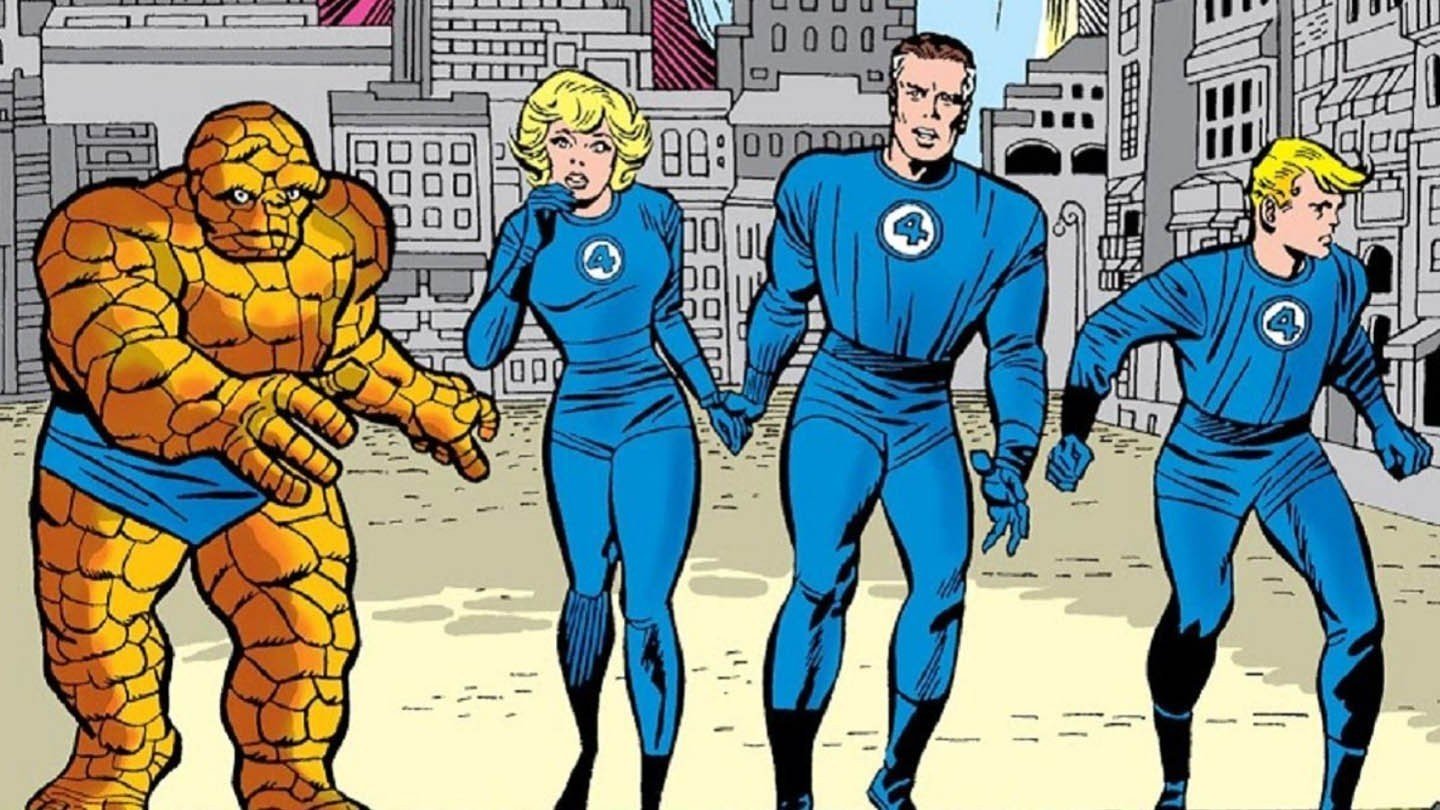 Image: marvel.com
Image: marvel.com
Despite being over 60 years old, the Fantastic Four remains a beloved cornerstone of Marvel Comics. While their popularity may have waned slightly during certain periods such as between 2015 and 2018 when the team didn't even have its own series they have steadily regained ground thanks to creative efforts from writers like Alex Ross. So, how did this legendary quartet come into existence?
A Moment of Inspiration
By 1961, Stan Lee, then editor-in-chief and art director at Marvel Comics, was feeling creatively drained after two decades in the industry. Feeling unfulfilled, he sought advice from his wife, Joan, who encouraged him to create something he himself would enjoy reading. Coincidentally, around the same time, Marvel publisher Martin Goodman learned about the immense success of DC Comics' Justice League of America . According to legend, Goodman obtained insider information about DC's sales figures through various channels, including connections within Independent News, a company involved in distributing DC comics.
With this knowledge, Goodman tasked Lee with creating a comic book featuring a team of superheroes a move aimed at capitalizing on the growing demand for such stories. However, instead of merely copying DC's formula, Lee saw this as an opportunity to break free from conventional storytelling tropes. Partnering with artist Jack Kirby, he crafted a concept that would revolutionize the superhero genre.
Breaking the Mold
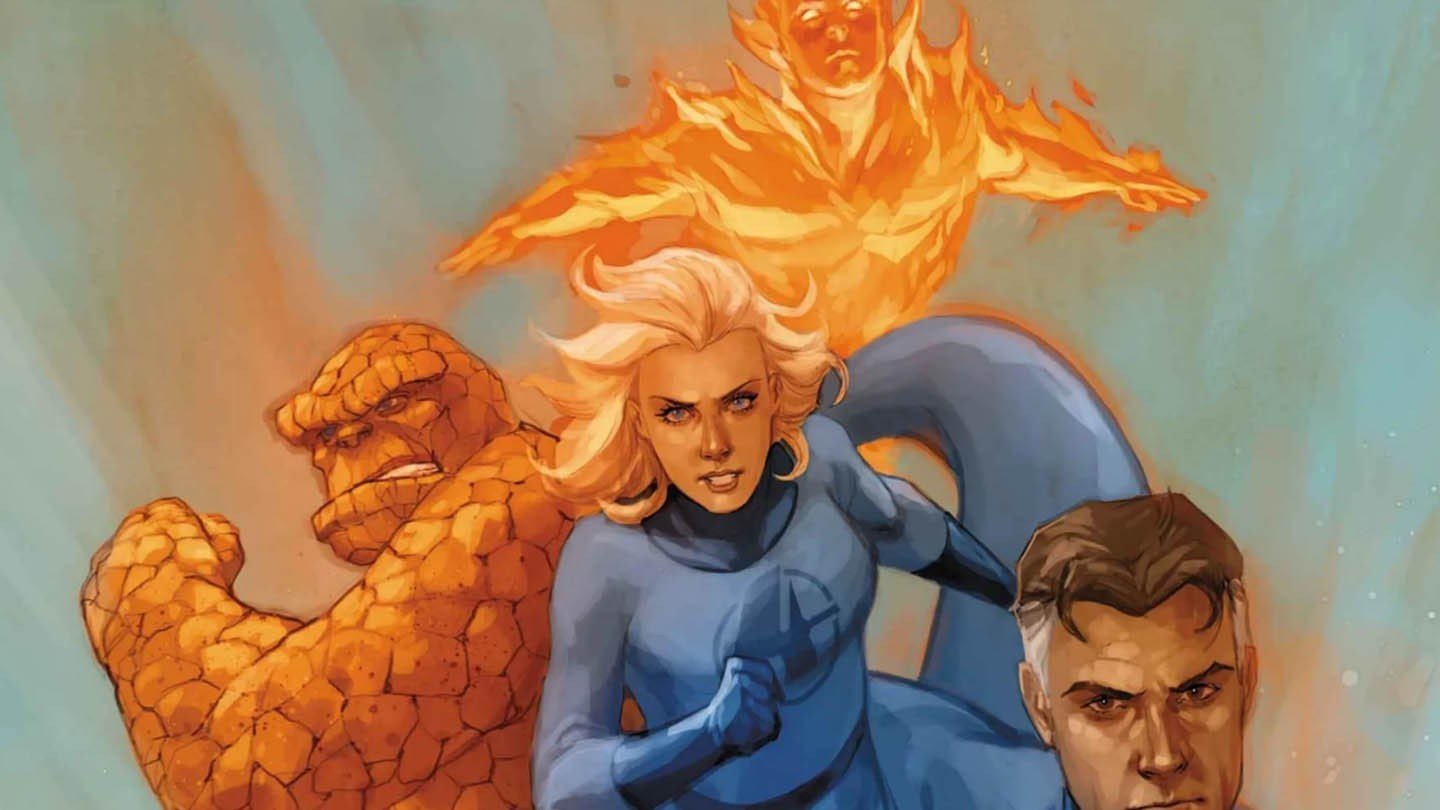 Image: marvel.com
Image: marvel.com
Lee envisioned a team unlike any other. Rather than portraying them as flawless, idealized heroes, he chose to focus on their humanity. His creation featured four distinct personalities: Reed Richards, a brilliant but sometimes aloof scientist; Sue Storm, a capable woman who could hold her own despite societal expectations; Johnny Storm, a fiery teenager driven by impulsiveness; and Ben Grimm, a gruff yet loyal friend whose transformation into the Thing made him question his identity.
Initially, Lee considered giving each character powers that came with significant drawbacks. For instance, Sue might have been permanently invisible without the aid of a special mask, while Johnny could only ignite under extreme emotional duress. Reed's elasticity would cause him physical pain, limiting his ability to remain in his altered state for extended periods. Only Ben retained his original conception, though his personality shifted to reflect someone more selfish and power-hungry early on.
Kirby played a crucial role in shaping the visual identity of the team, particularly the Thing. In the initial script, the creature was described vaguely as "heavy" and "shapeless." It was Kirby's artistic genius that transformed this vague description into the orange-skinned, blue-eyed powerhouse we know today. Similarly, the Human Torch's design drew inspiration from earlier Marvel characters while adhering to the strictures of the Comic Book Code Authority, ensuring that flames wouldn't harm humans.
The Plot of Fantastic Four new movie
... comes from the first comic book ever.
 Image: marvel.com
Image: marvel.com
When Fantastic Four #1 hit stands in August 1961, it introduced readers to a groundbreaking narrative structure. Unlike traditional comics of the era, which typically began with exposition, Lee opted for a non-linear approach. The story opens mid-action, with Mr. Fantastic summoning the titular team via a mysterious signal in the sky. Their identities and backstories are revealed gradually throughout the issue, adding layers of intrigue and mystery.
At the heart of the tale lies the fateful space mission that granted the quartet their superpowers. Reed Richards, ever the visionary scientist, had spent years designing a revolutionary spacecraft. Despite warnings about the dangers of cosmic rays, he decided to launch the vessel illegally, fearing that rival nations, specifically the Soviet Union, might beat them to the punch. When Ben Grimm expressed concerns about the risks involved, Sue Storm intervened, revealing that their haste was motivated by Cold War anxieties.
Interestingly, this subplot reflects real-world events. Yuri Gagarin's historic spaceflight occurred just months before the release of Fantastic Four #1 , suggesting that the team's journey might represent Marvel's version of humanity's first venture beyond Earth's atmosphere. Regardless of whether they were truly first, their adventure set the stage for countless others in the Marvel Universe.
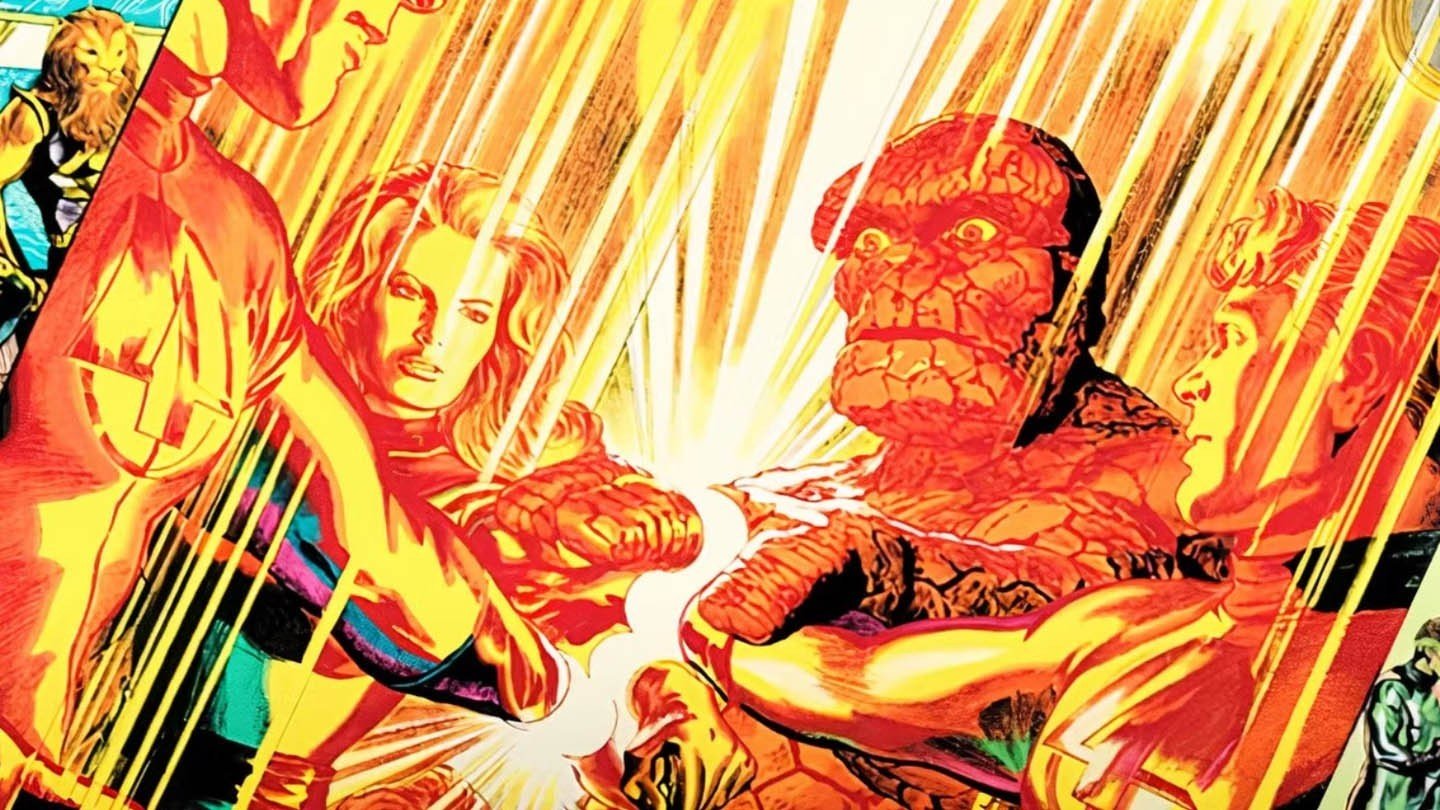 Image: ensigame.com
Image: ensigame.com
During their ill-fated flight, the team was bombarded by cosmic rays, altering their DNA and granting them extraordinary abilities. Upon returning to Earth, they resolved to use their newfound powers for the greater good, forming the Fantastic Four. Their debut mission pitted them against the Mole Man, a reclusive villain who sought to destroy surface civilization by sabotaging nuclear power plants. Through teamwork and ingenuity, the heroes thwarted his plans, though the Mole Man ultimately escaped justice by detonating Monster Island.
While the plot of Fantastic Four #1 may seem straightforward by modern standards, its significance cannot be overstated. The whole new movie is based on it! By focusing on flawed, relatable characters rather than archetypal heroes, Lee and Kirby laid the foundation for Marvel's signature style. Each member of the team brought something unique to the table, creating dynamic interactions that resonated deeply with readers.
Modern Relevance and Future Directions
Today, the Fantastic Four continue to evolve alongside the Marvel Universe. Recent developments include an ongoing series written by Ryan North and illustrated by Iban Coelho. Known for his work on Venom and Eisner Award-winning projects like Adventure Time and The Unbeatable Squirrel Girl , Coelho brings a fresh perspective to the franchise. Early issues suggest a balance of humor, action, and drama, highlighting themes such as the Thing's struggle with social acceptance.
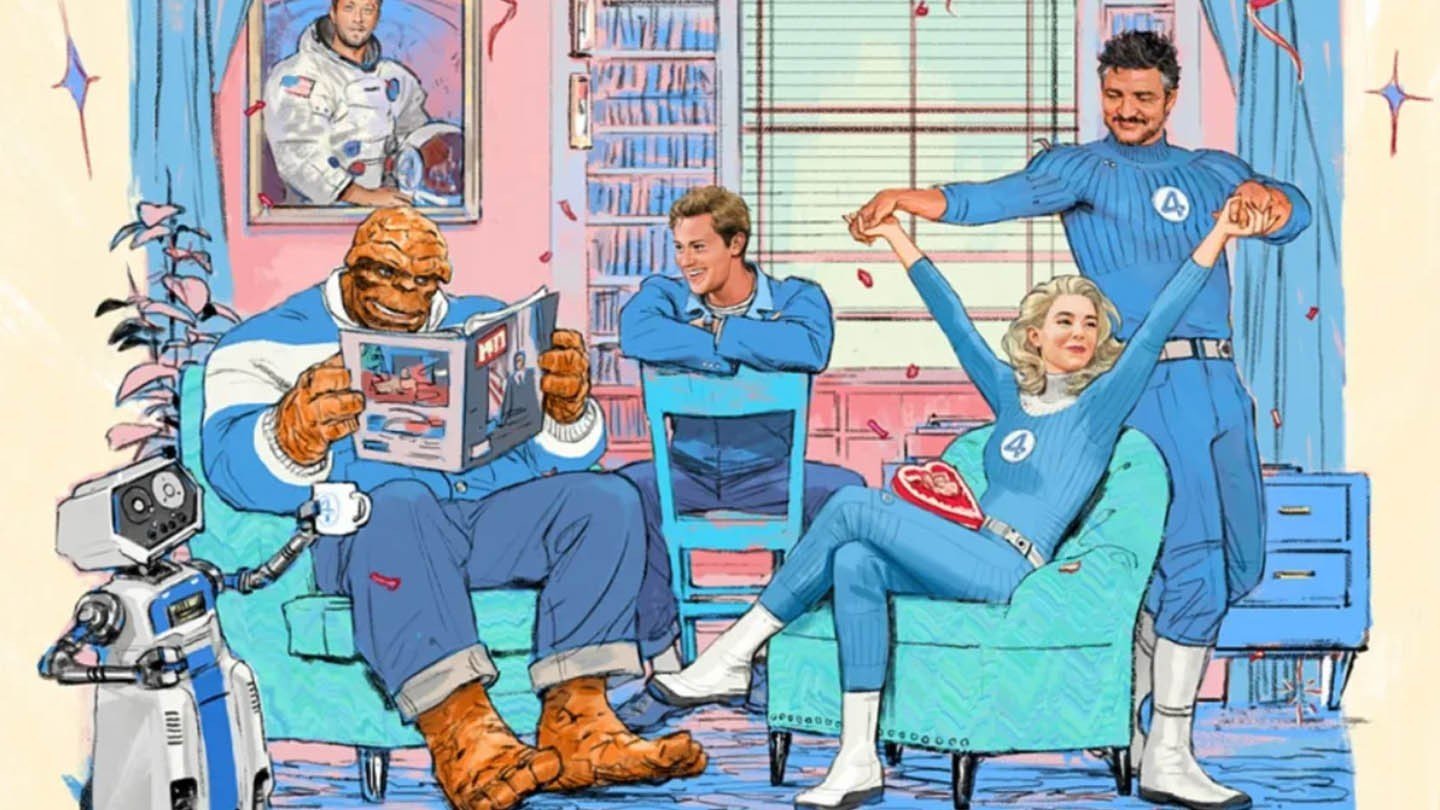 Image: marvel.com
Image: marvel.com
Previous iterations, such as Dan Slott's four-year run, received mixed reviews. Some criticized Slott for retconning the team's origin story, attributing their powers to alien interference rather than Reed Richards' error. Additionally, Brian Michael Bendis' portrayal of Doctor Doom reverted the character to his classic megalomaniacal roots after brief experiments with anti-heroism.
Nevertheless, the Fantastic Four remain integral to Marvel's broader narrative tapestry. They played key roles in recent events like Devil's Reign , where their interactions with Spider-Man and other heroes underscored their status as pillars of the Marvel Universe. Meanwhile, Doctor Doom continues to pursue ambitious goals, such as claiming the title of Supreme Wizard in Strange. Fans eagerly anticipate further developments, especially with the release of Fantastic Four: First Steps promising to introduce new dimensions to these timeless characters.
Conclusion: Why the Fantastic Four Endure
From their humble beginnings in the pages of Fantastic Four #1 to their impending return to the big screen, the Fantastic Four exemplify the enduring appeal of Marvel's storytelling. By embracing complexity, vulnerability, and familial bonds, they transcend the limitations of traditional superhero narratives. As Marvel Studios prepares to reintroduce them to a global audience, there is no doubt that their adventures will inspire new generations of fans, much as they did for those fortunate enough to witness their debut over half a century ago.
Whether battling cosmic gods like Galactus or grappling with personal demons, the Fantastic Four remind us that true strength lies not in invincibility, but in unity, resilience, and love. And as long as these values endure, so too will Marvel's First Family.
Main image: marvel.com
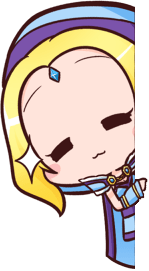
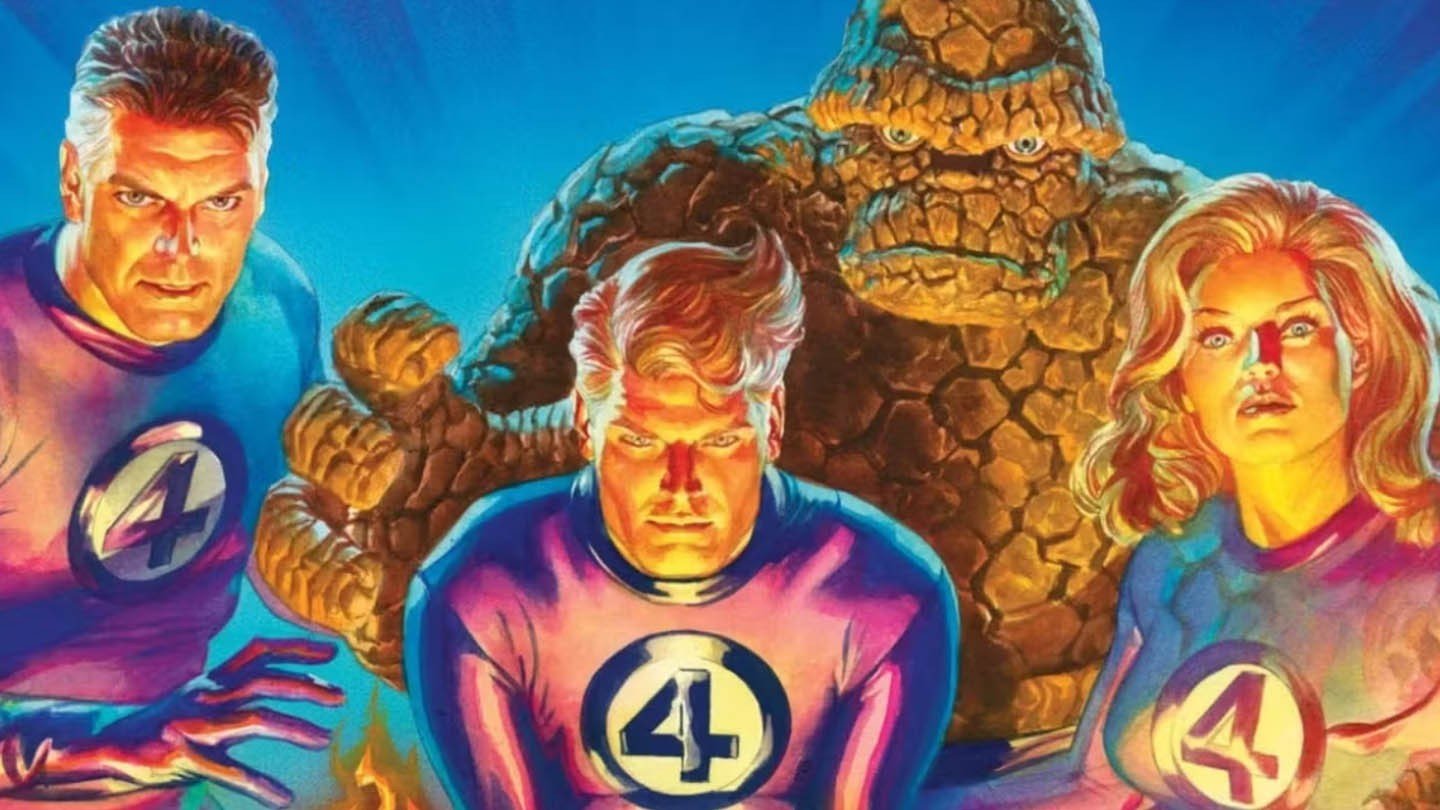
 Alexander "peter bjorn" Fadin
Alexander "peter bjorn" Fadin
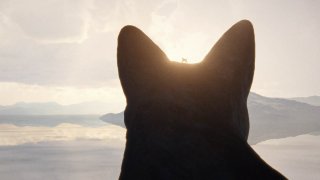
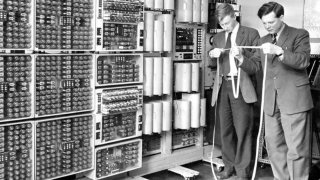
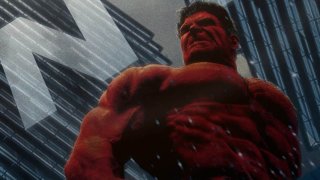
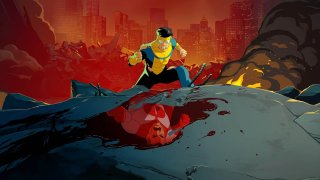
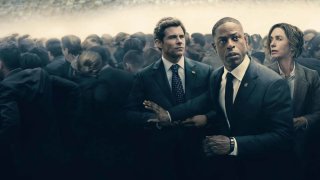
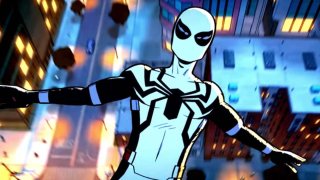
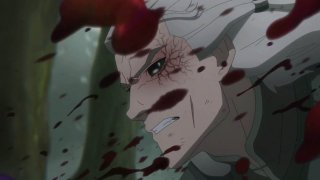
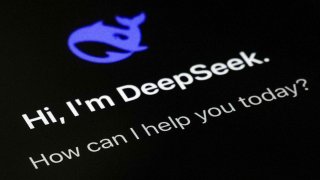
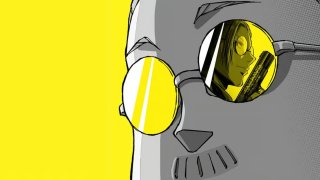
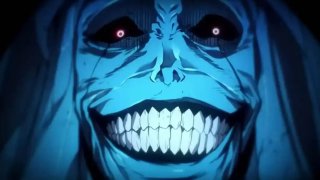
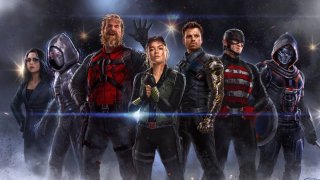
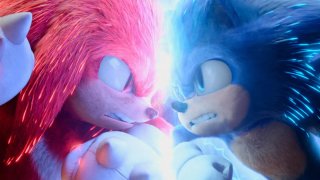
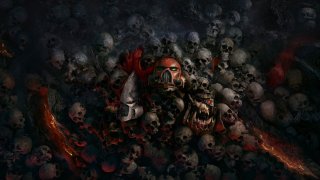
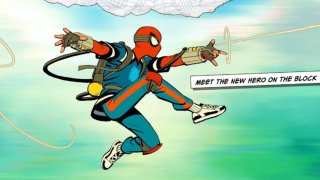
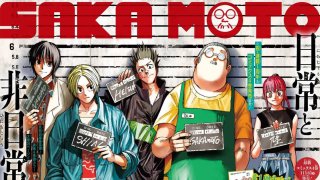
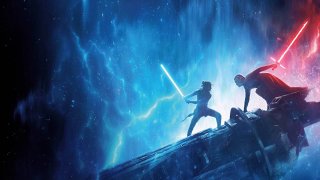
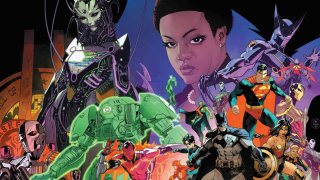
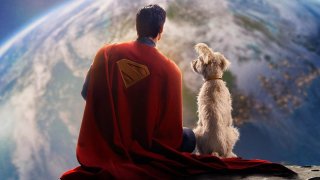
0 comments